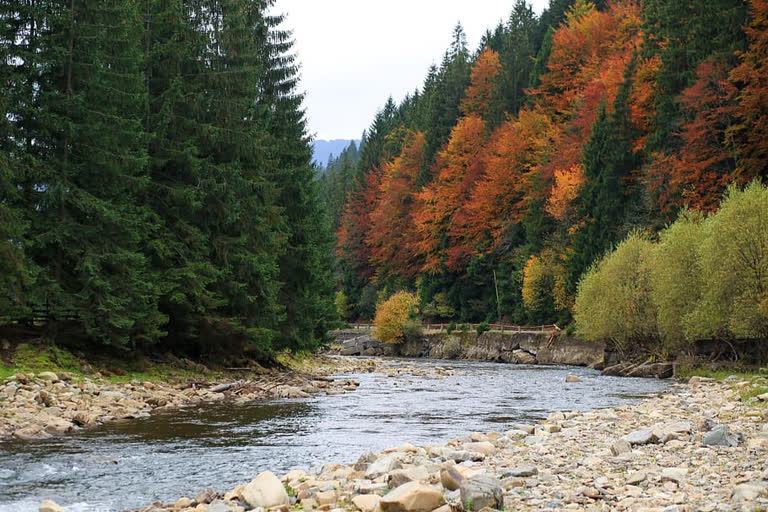Astrakhan: Known as the Pearl of Russia the Volga Delta is the largest inland delta in Europe. Formed where Europe's longest river the Volga flows into the Caspian Sea it splits into countess waterways that create a breathtaking view and homes for rare flora and fauna.
The ecosystem here has been protected since 1919 by Russia's Astrakhan State Natural Reserve.
Spread across 67,000 hectares, it is home to more than 300 plant species from 63 families.
"There are not many big deltas in the world, only around ten and not all of them are situated in the zone of semi-desert. Our (Volga) delta from west and east is bordered with semi-desert and dry area and among these dry areas, Volga Delta is like a huge oasis. And it distinguishes it from other territories," says Kiril Litvinov, deputy director of scientific work at the Astrakhan Biospheric Reserve.
Perhaps the most famous of the delta's inhabitants is the nelumbo caspica or lotus that carpets thousands of hectares of waterways in the reserve.
Scientists argue that at the Volga Delta lotus could have been brought by migrant birds, or nomads during ancient times. But some believe the lotus to be a native inhabitant that has been growing here for millions of years.
Read more: Speech advocate Annie Glenn, NASA astronaut's wife, dies at 100
"Lotus is one of the main characteristic plants. This is the symbol of the Astrakhan region. It can be said that the preservation of this plant became possible by the strives of the employees of the Astrakhan reserve. When the Astrakhan reserve was establishing, the only lotus thicket known to science occupied a quarter of a hectare, today it is spread on thousands of hectares along the Volga delta. This is a tourist attraction and symbol of the Astrakhan region which is very good and pleasant," says Litvinov.
Below the surface, carp and catfish swim in abundance. World renowned for being rich in sturgeon, the waters are home to more than 56 species of fish.
"One of the amazing properties of Volga is the abundance of underwater or water plants and all these plants serve as a huge filter. All the suspended matter that is carried by Volga water is cleaned in the delta. This is a huge huge biological filter. It not only cleans but from these particles the islands of the delta are formed. In other words, all our islands are made from plants and particles which settle on the bottom, and through this the constant expansion of delta takes place. The delta expands 5-6 metres per year and we can say that Russia expands through the Volga delta," explains Kiril Litvinov, deputy director of scientific work at the reserve.
A paradise for bird spotters, the area attracts thousands of tourists each year, all keen to catch a glimpse of magnificent raptors like this White tailed eagle, or the many species that nest here including the Squacco heron, Dalmatian pelicans and swans.
Largely protected from economic activity, the undisturbed waters make a haven for the Dalmatian pelicans that build their unusual nests. Vladimir Strelkov is an ornithologist and researcher at the Astrakhan Biosphere Reserve.
Also read: Australian man fined for rescuing whale from sea nets
"Dalmatian pelicans build their nests on the shallow waters. Because nests are on the water they float and look like rafts. Although at first glance, they are made from a very fragile material like cane, it can withstand the weight of a grown-up man," he explains.
"Cane covers around 70 percent of the Volga delta while rotting, it dries and this (picks up the cane) kind of dried cane the Dalmatian pelicans use to build their nests."
Volga Day has been celebrated on May 20th since 2008.
Starting in Nizhny Novgorod it expanded over the years to include other regions that the river Volga flows through.
Set up by UNESCO, the aim of Volga Day is to raise awareness of conservation issues along the Volga River and to promotes the sustainable use of its resources.
Environmentalists say increased economic activities along the river have led to pollution and the shallowing of the waters.
Usually on Volga Day volunteers clean the riverbanks and schools organise educational activities.
This year the reserve is closed to visitors due to the new coronavirus pandemic, so no events will be held inside the reserve.
Also read: Exoplanet climate decoder aids search for life
(With inputs from AP)



